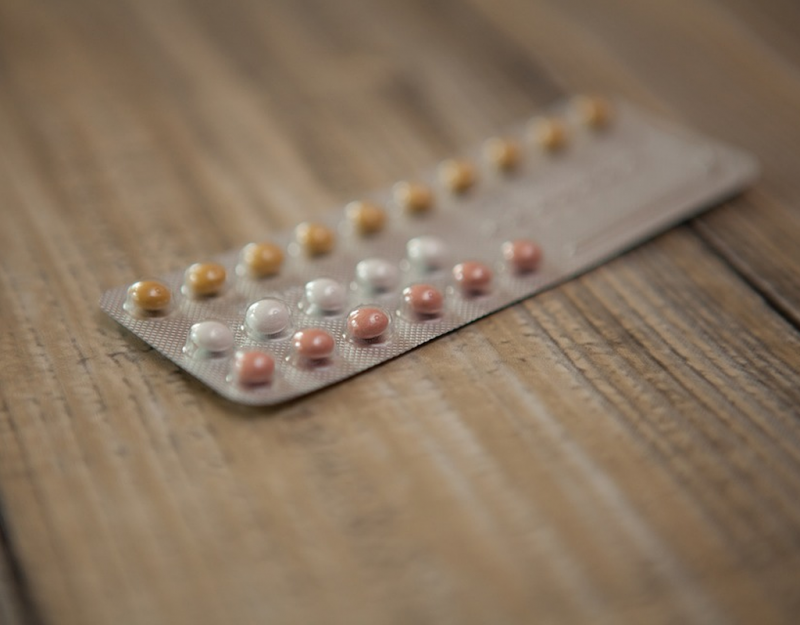Many women have experienced an unplanned pregnancy and approximately 60% of these women may have been using contraception at the time. Is there a chance you may not be using your contraception as effectively as you can.
Or maybe you don’t know all the different types of contraception available and are still relying on methods that may not be as effective.
Note: No method of contraception can give you 100% protection against pregnancy, HIV or sexually transmitted infections
What types of contraception are available?
There are many different types of hormonal and non-hormonal contraceptives available, and choosing which birth control method is best for you can be difficult. Marie Stopes National Clinical Advisor Jill Michelson highly recommends couples seek professional advice and the best contraception which suits them.
“It’s vital that women take the time to have a dedicated contraception check-up with their GP, local family planning clinic or Marie Stopes centre,” she says, “and make sure they are using a form of contraception that they feel comfortable with and is best for their needs.”
Hormonal contraception
The Pill
Most of us (in fact, more than 95%, according to Marie Stope’s study) are aware of The Pill. But what many couples don’t know is that you can’t afford to mess with the regularity of taking it. Three hours too late with the mini Pill or 12 hours late with the combined Pill, and the Pills normally 98% effectiveness can be drastically lowered.
- Best for: organised women who will remember to take the Pill every day.
- Steer clear: if you travel a lot or have a bad memory.
- Need to know: there are many different types of combined Pill and some may give you some side effects (like nausea, head aches and weight gain), so it’s important to discuss your options with a doctor. If youre breastfeeding you should take the mini Pill, not the combined.
The Implant
This is a small, flexible plastic rod (about the size of a matchstick) that is inserted just under the skin, on the inside of the upper arm. It continuously releases a small amount of contraceptive hormone (progestogen) and can provide continuous protection for up to three years.
- Best for: women who want a few years without getting pregnant (although, a woman’s fertility usually returns within a cycle or two or removing the rod).
- Steer clear: if you are planning children close together.
- Need to know: some women do suffer from side-effects often associated with hormonal contraceptives, like weight gain, headaches and mood swings, although for women with heavy and painful periods, the implant can be a blessing.
The Ring
The ring is a small, flexible plastic hormone-releasing ring which is inserted by the female partner into the vagina and left there for three weeks. After a period is finished, a new ring is inserted. The best part is, it’s 99.3% effective plus as the hormones are released directly into the blood vessels in the vaginal wall, low levels of hormones are used.
- Best for: women who don’t want the hassle of the Pill but are still organised enough to remember to remove and replace regularly.
- Steer clear: if you don’t want to watch the calendar for each three-week cycle.
- Need to know: Insertion may be awkward at first. However, since the vaginal ring is not a barrier method, incorrect insertion is not usually a problem.
The Injection
A hormonal injection provides a longer-acting alternative to the pill. It contains the hormone progestogen to prevent pregnancy and provides three months’ coverage.
- Best for: women who aren’t planning babies in the next 18 or so months because even though it is only effective for three months, it can delay the return of normal fertility for about 18 months.
- Steer clear: if you’re planning a baby in the next 18 months (see above).
- Need to know: If you have any side effects you may need to wait three months before they wear off. However, for women who suffer from heavy or painful periods, the injection can have beneficial effects
The IUS (also known as an IUD)
The IUS is an intra-uterine system, which involves a small, plastic, hormone-releasing T-shaped device inserted by a doctor into the uterus. It can remain effective for up to five years and does not alter the course of future fertility – although it does need to be medically removed. It’s usually referred to as the Mirena in New Zealand.
- Best for: women who never want to think about contraception.
- Steer clear: if you like having a lot of control over your contraception.
- Need to know: The Mirena is useful for women with heavy, painful periods as it can make periods lighter, shorter and less painful.
Non-hormonal methods of contraception
The male condom
When used properly these are 98% effective and can also help protect against sexually transmitted infections.
- Best for: couples wanting a short-term, non-hormonal contraception and are prepared to keep a ready stock on supply and use as directed.
- Steer clear: if you’re not prepared to ensure the condom is properly put on.
The female condom
The female condom is a vaginal liner a woman inserts before intercourse. Like male condoms, they must be used properly to protect against unwanted pregnancy.
- Best for: couples who are prepared to ensure the condom is used properly.
- Steer clear: if you don’t like the idea of inserting a lining into your vagina.
- Need to know: They are more expensive and less easy to use than male condoms.
The IUD
The IUD is a small contraceptive device, usually made of copper, thats placed in the woman’s uterus, like the IUS, but it does not release any hormones. It is 98% effective in preventing an unplanned pregnancy.
- Best for: women who can’t take or don’t like using hormonal contraception but are still looking for a long-term solution.
- Need to know: The IUD needs to be fitted by a doctor and some women report having heavier periods after.
The Rhythm Method
This involves having sex at safe times during a woman’s cycle. If you have a regular cycle and are quite vigilant, some claim it is more than 90% effective.
- Best for: women who know their bodies well and accept the risk involved.
- Steer clear: of you have irregular periods and have no idea when you’re ovulating.
- Need to know: proponents of this method encourage women to keep a calendar of their cycle – and when you get pregnant you will also know the best days to try to conceive.
This article was written by Fiona Baker for Kidspot, New Zealand’s best family health resource.







Leave A Comment
You must be logged in to post a comment.